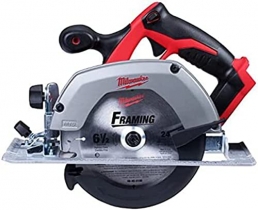-
Welcome to Tacoma World!
You are currently viewing as a guest! To get full-access, you need to register for a FREE account.
As a registered member, you’ll be able to:- Participate in all Tacoma discussion topics
- Communicate privately with other Tacoma owners from around the world
- Post your own photos in our Members Gallery
- Access all special features of the site
When is it time to replace the cat?
Discussion in 'Technical Chat' started by Jacobwolf, Jan 17, 2018.


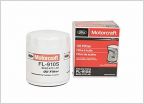 The mystery 90915-YZZG2 oil filter cut open
The mystery 90915-YZZG2 oil filter cut open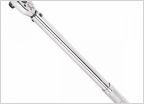 Time to replace old torque wrench
Time to replace old torque wrench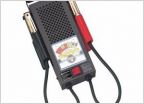 Slow cranking, multiple tries to start engine
Slow cranking, multiple tries to start engine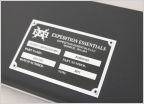 Smittybilt 2781 in Expedition Essentials Mount
Smittybilt 2781 in Expedition Essentials Mount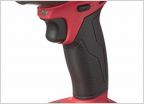 Impact Wrench For Suspension and Other Work
Impact Wrench For Suspension and Other Work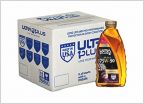 Why is GL4 OIL so hard to find?
Why is GL4 OIL so hard to find?












































